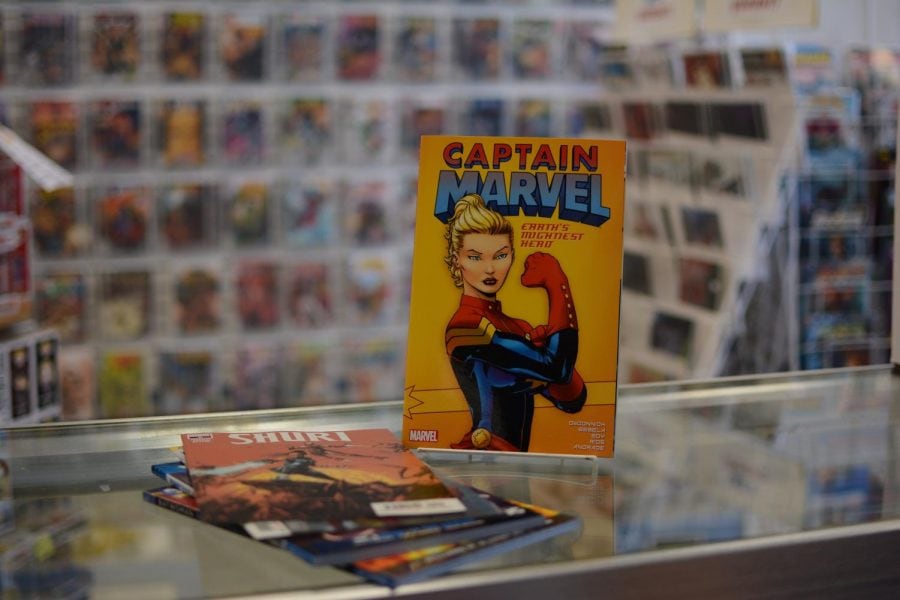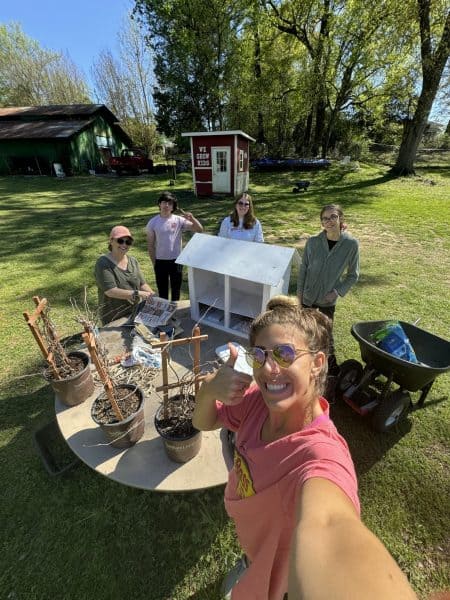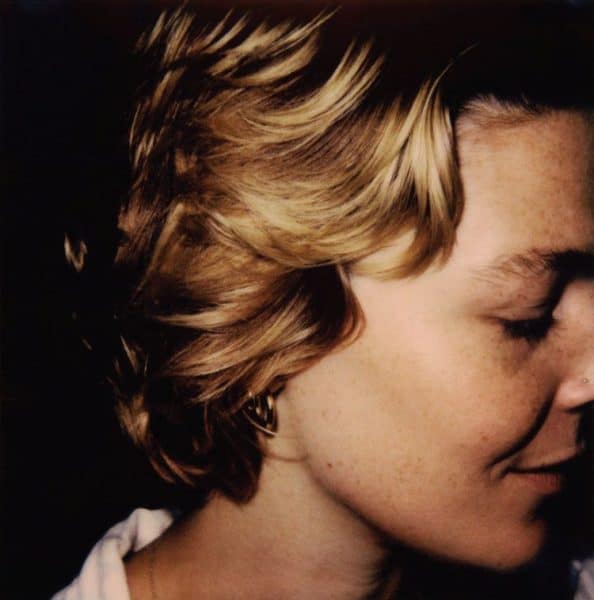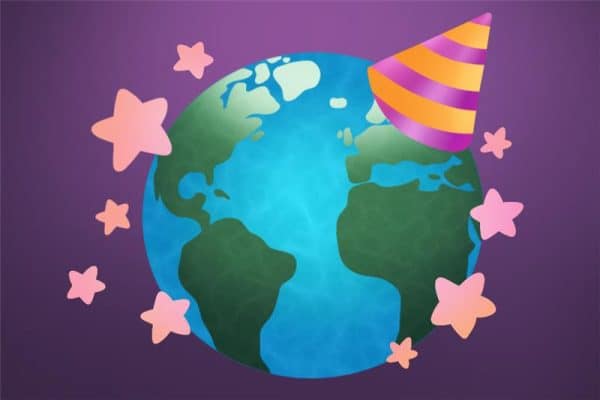“Love Romances” reveals a gendered history
February 28, 2019
For Emma Burford, a lack of superhero memorabilia didn’t discourage her from a devotion to comic books, despite whom they were traditionally marketed toward.
“When I was growing up, they gave boys Spider-Man stuff,” said Burford, a junior majoring in mechanical engineering. “They didn’t think to give girls superhero stuff, naturally. I would, a lot of times, take my brother’s toys, because he didn’t care for superheroes.”
Now with more mainstream female superheros, the market is beginning to change. However, it’s not the first time Marvel has marketed toward girls, it was just under a different name.
The first issue of “Love Romances,” a comic series featuring various love stories, was published in 1949. The cover labels it a “Marvel Comic,” despite being technically published by Timely Comics, the same publisher who was then winding up the first runs of their popular World War II heroes, Captain America and the Human Torch. The company would eventually become Marvel Comics in branding and name, but not for almost 15 years, when it returned to publishing superhero comics.
This year, in celebration of its 80th anniversary, Marvel Comics is releasing single-issue returns to classic series, including a new issue of “Love Romances,” now clearly marked as belonging to the Marvel line.
Like the original series, its logo is in a scripted font and its stories feature campy, over-the-top romance. In positioning itself as a 1950s-era romance comic, this new issue targets a classic audience: teenage girls, a demographic the publisher has only recently sought to reclaim.
After World War II, as comic books became distinctly marketed for young people, they also became gender specific. Romance books like “Love Romances,” “My Love Story” and “Patsy Walker” were marketed to young girls well into the 1970s.
Superhero comics disappeared and were replaced with horror books. Even “Captain America Comics” became “Captain America’s Weird Tales.” Crime stories and eventually monster stories were mainly sold to boys.
This was a distinctly American tradition, says Michael Picone, a professor of French and Linguistics who studies the linguistics of European comic books and teaches a class that analyzes the linguistics of French comics.
He says France is the “center of gravity for comics in Europe,” and that comic books, or “bandes dessinées” don’t have the same gendered expectation of American comics.
“[Romance comics are] not really a well-developed genre in France,” Picone said. “All French-speaking people have a familiarity with characters like Tintin and Asterix. Those iconic characters are male dominated, and that’s a sexist undercurrent people have accepted.”
Comic books, no matter the genre, had a limited talent pool to draw from. A companion to “Love Romances” called “Young Romance” was primarily written and drawn by Joe Simon and Jack Kirby, creators of Captain America. It was in this period that Kirby grew accustomed to writing characters with dreams, motivations and inner struggles.
Stan Lee, too, wrote romance stories of his own. By the early 60s, Kirby and Lee had teamed up at Marvel, sparking a new generation of superhero comics with “Fantastic Four” and “The Amazing Spider-Man” and introducing the world to superheroes with flaws, dreams and hopes of their own. It was this set of dynamics that set Marvel apart from the DC Comics that were directed toward young children.
In the decades since, superhero comics became “boy stuff,” marketed almost exclusively toward teenage and pre-teen boys. Few female characters had strong representation in comics and almost no representation in toys, animation or movies.
Ashia Lewis, a sophomore majoring in physics and microbiology, said it was sometimes hard growing up in the world of comic books.
“It wasn’t really an option for me as to whether it was something I would become interested in because of my dad’s draw to comics,” Lewis said. “There’s always the fear of the ‘comics litmus test,’ in which men will ask you a series of questions to test your knowledge of comics. But it wasn’t just any interest. It’s something I had spent so much of my youth deeply ingrained into that I was never discouraged.”
However, times are beginning to change. The increasing exposure of superhero comics in movies and TV have created marketable franchises available to many, including young girls. DC and Marvel have begun to change their ways, creating series and stories that appeal to people of all ages and genders.
Marvel publishes several series that capitalize on a teenage-girl demographic, like “The Unbeatable Squirrel Girl,” “Ms. Marvel,” “The Unstoppable Wasp” and “Ironheart.”
Burford says it was these characters, along with the advent of digital comics, that drew her into reading comics in high school.
“I could start trying to read the Ironheart comics [and] start looking for more women in comics,” Burford said.
Buford said she prefers the characters who aren’t “female versions of male heroes,” but have their own identities, like Squirrel Girl and Ms. Marvel. Animation, toys and merchandise lines like “DC Superhero Girls” or “Marvel Rising” market Barbie-style superhero toys – usually focusing on these characters – in the toy sections of big box stores, aiming to bring in a new audience.
Animated series and comic books adapt these characters into stories for all ages. Unlike romance comics of the 1950s, however, these stories include action, adventure and girls whose lives are not defined by the men they moon over. Burford says if these new stories had been as available as they are today at book fairs and toy stores when she was growing up, she would have “definitely been interested.”
Seventy years after publishing “Love Romances,” comics are back in the game of appealing to a wide range of readers and fans, once again merging the worlds of stories marketed for girls and stories marketed for boys, while finding a middle ground that can appeal to all.











